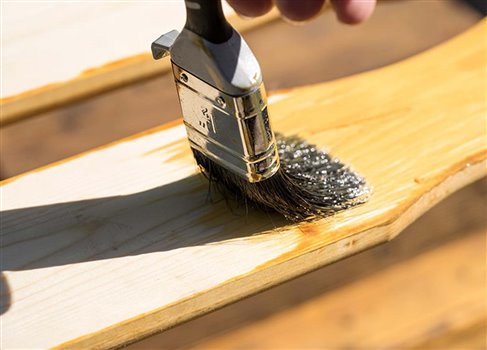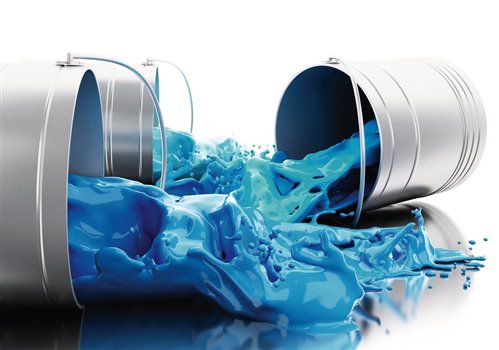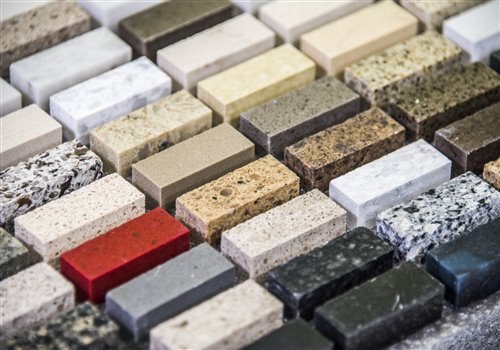History
Acrylic polymers were first introduced in 1880 by the Swiss chemist Georg W. A Kahlbaum. Otto Röhm began his acrylate synthesis on acrylic acid polymerization products in 1901 in Germany and registered it in 1915.
Acrylic resins are the product of polymerization of acrylic and methacrylic acids and their derivatives and with good chemical and photochemical resistances. Factors such as glass transition temperature (Tg), average molecular weight of polymers, and molecular weight distribution are effective on resin properties (e.g., viscosity and dispersion) and the final product properties (e.g., hardness and flexibility). The difference between meta acrylic acid and acrylic acid is that in meta acrylic acid, the methyl group is in the methyl group instead of the hydrogen atom.
Acrylic Resin Structure
Acrylic resins can be classified into water-based acrylic resin and solvent-based acrylic resin. Water-based acrylic resins are classified into two categories: emulsion acrylic resins (suspended in water), and water-soluble acrylic resins.

acrylic acid meta-acrylic acid
-
Water-based Acrylic Resins
Emulsion resins are suspended in water and diluted with water. They have usually a few auxiliary substances such as antifoam, thickener and emulsifier. In addition, these resins have less chemical resistance than solvent acrylic resins. Water-based acrylic resins can easily dissolve in water, but solvent-based resins dissolve in a specific solvent or a mixture of solvents.
Resin’s ability to contain all kinds of fillers, which is due to its high cracking power, together with its appropriate elasticity, has made it a base material for making other products. For example, it is used in production of white roof insulation, concrete insulation, waterproofing behind roofs, building mortars, tile adhesives, flexible coatings and waterproofing, and on all types of plaster, cement, concrete and other substrates, can be used inside and outside the building. The film obtained from this product is transparent, flexible, without cracking, with very high water resistance and surface adhesion
These resins have less chemical resistance than solvent acrylic resins. Some features of resins are as follows:
- High flexibility
- No color change over time
- Very high adhesion
Water-based acrylic resins are used in many industries. They are environmentally friendly and, thus, a very suitable alternative for many solvent-based resins. This resin is used in production of cold traffic paint, industrial paints, construction paints, special wood coatings and waterproofing, textile industries, adhesive and paper industries, construction industries, detergent industries, cosmetics and health industries, leather industry, etc.

-
-
Emulsion Acrylic Resins, Latex
-
Latexes are one of the emulsion acrylic resins. Latex can produce resistant and long-lasting films by evaporating water. In order to increase the cohesion and strength of the film, the glass transition temperature of the polymer must be below the film formation temperature to allow the deformation of the particles and diffusion of the polymer molecules. Consequently, the minimum film formation temperature is an important factor when choosing an acrylic emulsion. This material is widely used in the coating industry. Among the other uses of latex, it can be mentioned in the construction of aquariums, mobile phone screens, bathtubs, etc. In addition, the above material is also used in the production of acrylic paints. Latex is used in the preparation of products that require high durability and flexibility, such as masks, rubber, etc.








